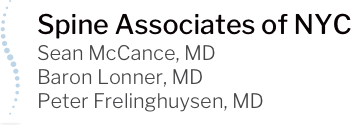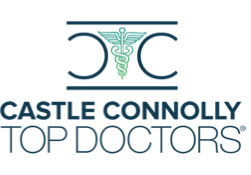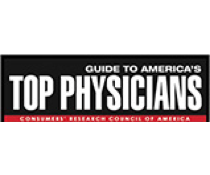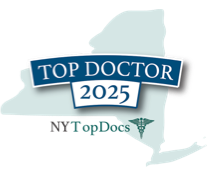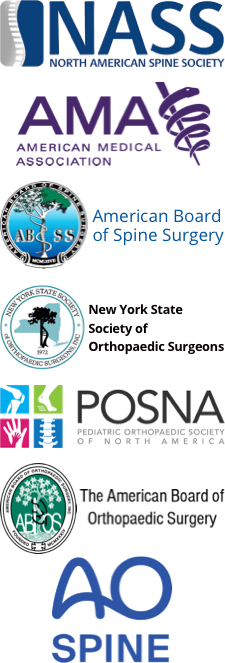
With these exercises, you should be able to avoid discomfort or lessen existing back pain. If the pain is unbearable or is accompanied by tingling in the arms, I recommend consulting your doctor.
Whether big, small, sports, or lace – industry figures show that women around the world spend $16 billion on bras. Aesthetics aside, many women find themselves dealing with the frustrating problem of upper and mid-back back pain caused by large breast size.
Excessively large breasts, known as breast hypertrophy, put extra stress on the back extensor muscles and spinal disks, leading to muscle tension, spasm and pain. It can also exacerbate the symptoms of thoracic kyphosis, commonly known as hunch back or round back. Other symptoms include tingling in the arms from compressed nerves and pain from bra straps digging into the shoulders.
Patients often come to me with the question, “Will breast reduction surgery help my back pain?” The answer is often yes if other treatments – such as physical therapy and postural exercises – fail.
Bethannie Snodgrass, MD, plastic surgeon and author of When Less is More: The Complete Guide for Women Considering Breast Reduction Surgery explains, “As women get older and heavier, their shoulders naturally roll forward, which in turn puts compression in the thoracic outlet—the area where the ribs, shoulder blades, and nerves come through a rather narrow triangle.”
The heavier a woman’s breasts are—most problems begin at a D cup or above—the more likely her shoulders are to roll forward and cause pain.
As women experiencing these issues seek help for their pain, both patients and clinicians have often pointed to bras as the culprit. However, the benefits bras provide are largely cosmetic. Ill-fitting bras won’t cause your back pain, nor will a properly-fitting bra reduce your discomfort.
Though many doctors find breast reduction surgery is the only way to permanently fix the problem, there are things women can do to prevent or alleviate back pain caused by their breasts. First of all, practice good posture. Strengthening the core muscles and the trapezius muscles, located between the shoulder blades, are the next step, as these muscles support the breasts. Be careful to stretch the latissimus dorsi muscles in the back and the pectoralis muscles in the chest, both important for providing good support.\
With these exercises, you should be able to avoid discomfort or lessen existing back pain. If the pain is unbearable or is accompanied by tingling in the arms, I recommend consulting your doctor.
